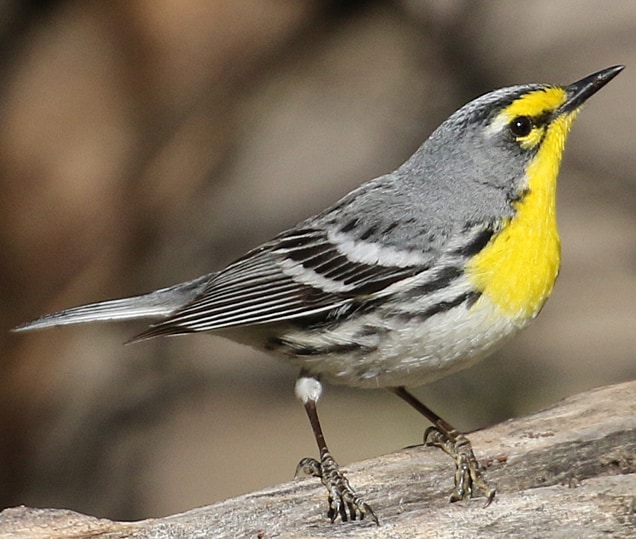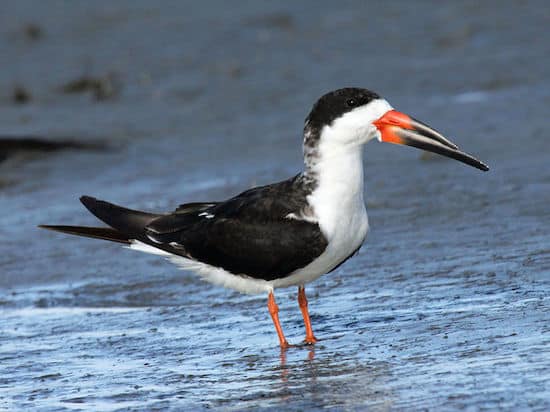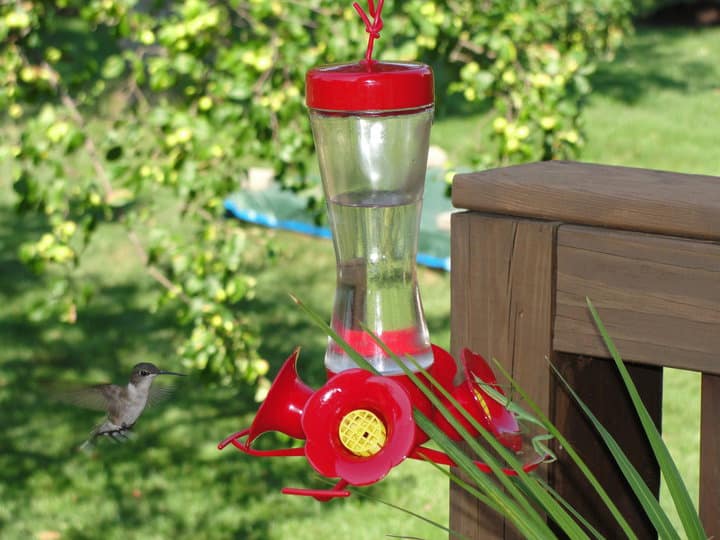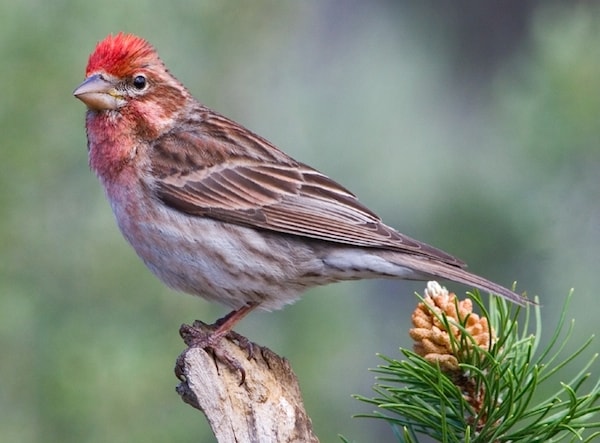Look For
The Grace’s warbler is one of the least studied birds in all of the United States. Only a rare few have been studied or closely observed, partially due to the birds’ affinity for living high in pine and oak trees. The breeding male has a bright yellow chin, throat, and breast. It also has a gray back and black streaks running along its crown and down its flanks. It has a yellow eyebrow stripe that transitions to white as it passes the eyes and as well as an arch of yellow under its eyes.
Listen For
The Grace’s warbler’s song is a loud, choppy trill that becomes faster towards the end tsu tsu tsu ti-ti-ti-ti. Its call is a gentle chip.
Find It
The Grace’s warbler spends the breeding season in the southwestern region of the United States from southern Nevada, Utah, and Colorado, down into Mexico and as far as Nicaragua. It prefers to live high in the tops of pine trees of mountainous regions, but can also be found in fir, spruce and oak.
The Grace’s warbler most often spends the winter in southern-most parts of their breeding region. On occasion some also migrate to southern California to spend the winter along the coast. Across the map, the Grace’s warblers prefer coniferous or mixed forest habitats.
Feeding Behavior
The Grace’s warbler feeds primarily on insects like other warblers, though the details of its diet are not well studied. It forages among high branches of tall trees, gleaning insects off twigs, among needle clusters, and off bark. It also hovers and flies out from treetops to catch insects midair.
Nesting Behavior
The Grace’s warbler positions its nest towards the very top of a tree, typically pine, somewhere 20 to 60 feet up. The female Grace’s warbler constructs the nest by forming a compact open cup shape made of plant fibers and webs lined with feathers and hair.
The female lays 3 to 4 eggs that are a creamy white with brown spots ringed towards the larger end. The period of incubation is unknown, though both parents likely feed the young after hatching. The length of time before the young leave the nest is also unknown.




